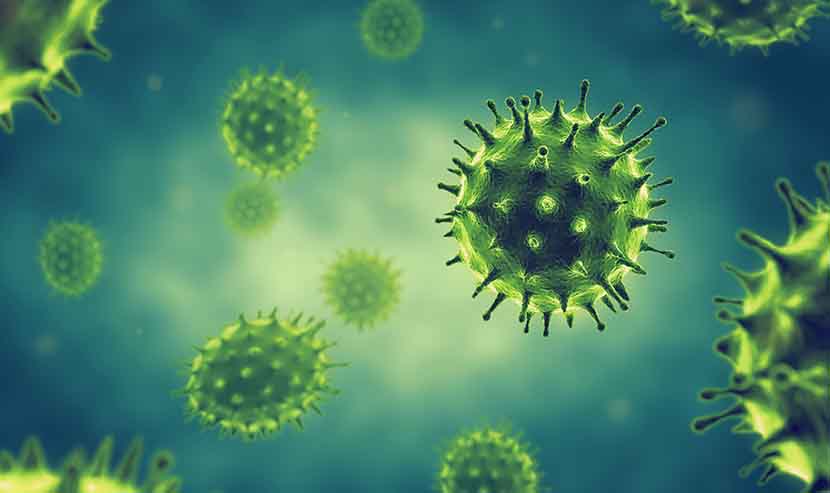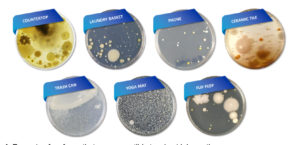More news
- Focus on industrial: Powering the energy industry during extreme heat
- Focus on powder coatings: The coatings industry’s transition to PFAS/PTFE-free solut...
- “We see sustainability as a purpose, as a reason for doing business” – P...
- Focus on industrial: High-performance coating protects tanks at biopolymer production plan...
- Focus on powder coatings: Novel high-speed crosslinking technology

James Rapley, Product Development Engineer at Microban® International, discusses the market for and development of antimicrobial coatings
The need for durable and more environmentally friendly solutions for coating materials has been shaping the coatings industry for many years. Consumers from various markets, including the construction trade and automotive manufacturing, want coatings that enhance the resilience of surfaces to stains, dirt, and mildew. However, even with the addition of protectants and decorative paints or lacquers, microbes are still able to adhere to a surface, where they can multiply rapidly. Their uncontrolled growth and spread as a result of contact, environmental conditions or inadequate cleaning (Figure 1) can then lead to unpleasant consequences, including spoilage, stains, nasty odours and a reduction in the usable lifetime of a product due to contamination or biodegradation.
 Figure 1. Example of surfaces that are susceptible to microbial growth
Figure 1. Example of surfaces that are susceptible to microbial growth
There are a number of treatments that consumers can use to help reduce the growth and spread of microbes on surfaces, and using them regularly is essential. However, standard cleaning products often have limited residual activity, meaning that they stop working once they dry. This can allow surfaces to become quickly re-contaminated by contact or airborne sources, which is a particular concern for high-touch points such as countertops and doors. Antimicrobial technologies in coatings can help to address these challenges by effectively creating a protective layer that keeps surfaces cleaner and fresher for longer. This ‘always on’ protection works around the clock to help prevent the growth of microbes on a surface for the lifetime of the coating, without washing or wearing away. For just a minimal cost, this universal lifetime preventative measure provides the perfect complement to standard routine cleaning practices, employing a multi-defence strategy against the growth of microbes to improve overall surface cleanliness.
Read the full article here: Antimicrobial Coatings – PPCJ August 2022



